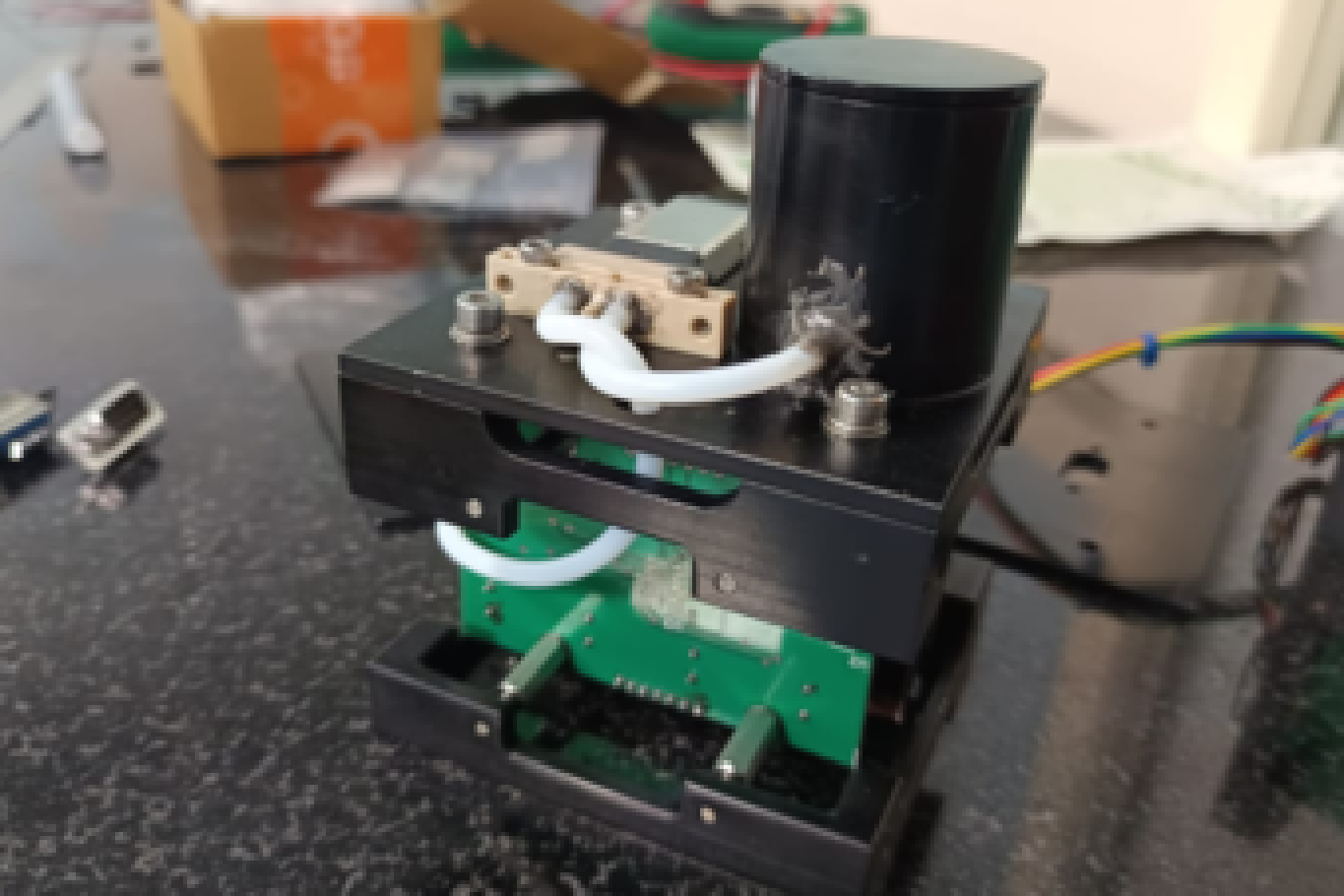
India’s first microbiological nanosatellite, RVSAT-1, was successfully launched aboard ISRO’s PSLV C-60 on December 30, 2024, as part of the SPADEX/POEM-4 mission. Designed by students from RV College of Engineering, Bengaluru, this nanosatellite aims to study the growth of gut bacteria in space—a crucial factor in ensuring astronaut health during long-term space missions.
For Team Antariksh, the student group behind RVSAT-1, this mission represents more than an academic project; it is a major step forward in space exploration. The team’s rigorous testing and innovative engineering culminated in the launch, fulfilling their dream of sending their work into orbit.
Gut bacteria, particularly Bacteroides thetaiotaomicron, play a key role in digestion, immunity, and overall health. Understanding how these microbes behave in space could help ISRO develop strategies to keep astronauts healthy and explore new applications on Earth, such as advanced waste recycling systems and antibiotic resistance research.
- Nandish, a third-year aerospace student involved in the project, explained that the satellite operated for three days, collecting valuable data soon after launch. “The bacterial growth curve was plotted using optical density measurements, helping us quantify growth variations in space,” added Aditi Arun, the project manager.
The project faced significant engineering challenges, as the team had to miniaturize complex lab equipment—including incubators and spectrophotometers—into a 2U nanosatellite. Their solution integrated a microfluidic system and a precision optical setup, allowing them to conduct bacterial growth analysis with prebiotic supplementation.
RVSAT-1 underwent rigorous testing, including thermal vacuum (T-VAC), vibration, shock (1,500g), and electromagnetic interference tests, ensuring it could withstand the extreme conditions of space.
With the mission complete, Team Antariksh now plans to publish their findings for use by ISRO, researchers, and academia. Their research could shape future astronaut health protocols, waste management systems, and antibiotic development, showcasing the power of student innovation in space exploration.


